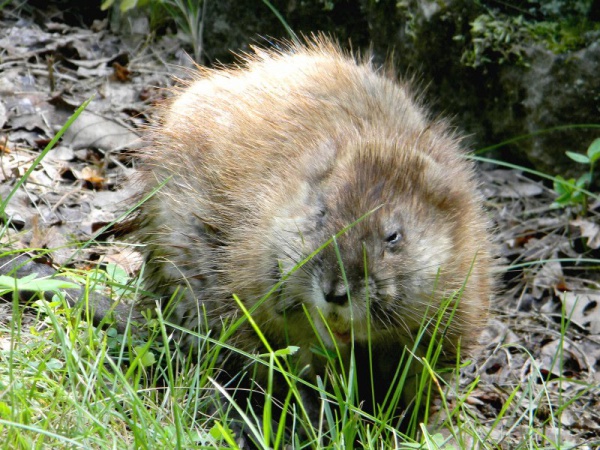Facts About Muskrat
The muskrat is a medium-sized, semiaquatic rodent native to North America, and it has been introduced to parts of Europe, Asia, and South America. It is the sole species in the genus Ondatra and the tribe Ondatrini. Muskrats play a crucial role in wetland ecosystems and are valued for their fur and as a food source. They are the largest species within the subfamily Arvicolinae and are often colloquially referred to as "rats" due to their adaptable nature and omnivorous diet, despite not being true rats of the genus Rattus.
The name "muskrat" likely originates from Algonquian or Abenaki languages, alluding to their reddish color and musky odor. These rodents possess a distinctive flattened tail that enhances their swimming ability, making them well-suited to their semiaquatic lifestyle. They typically inhabit wetlands, lakes, and ponds, and are capable of staying underwater for extended periods.
Primarily found in North America, including Canada, the United States, and parts of Mexico, muskrats have also become invasive in Europe. They have a significant impact on wetland vegetation by selectively feeding on certain plants, which in turn helps create habitats for other wildlife. Muskrats are prolific breeders, with females producing multiple litters each year.
Historically, muskrats have held importance in Native American cultures and were widely trapped for their fur, which was highly prized. In some regions, they are considered pests due to their burrowing activities, which can damage infrastructure and crops. Muskrat fur has been utilized for various items, including winter hats for the Royal Canadian Mounted Police.

 Norway
Norway